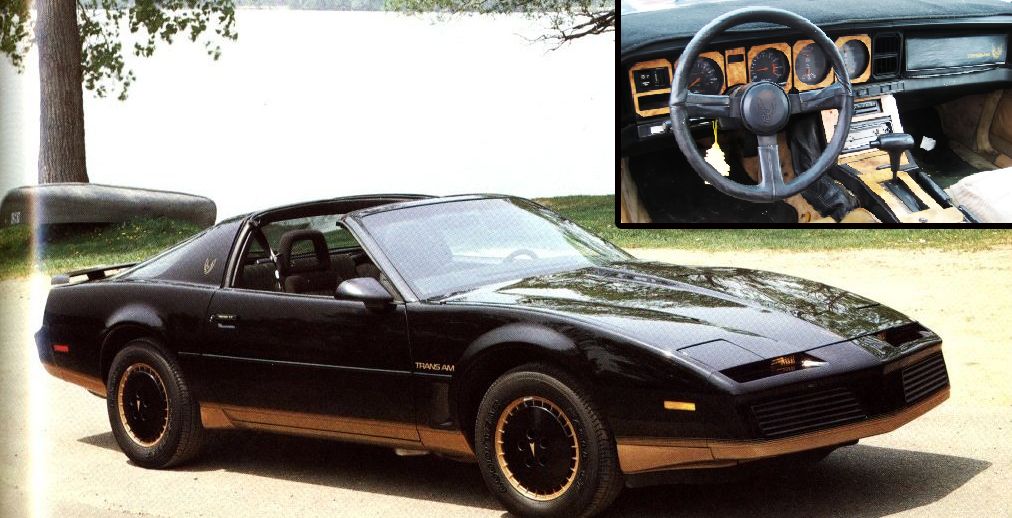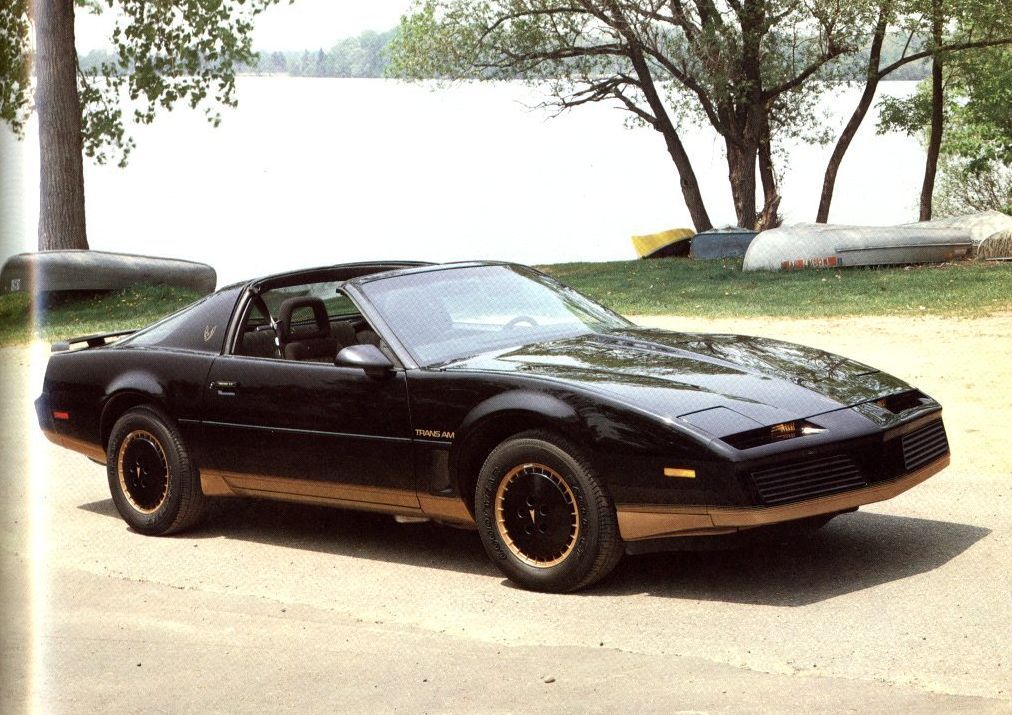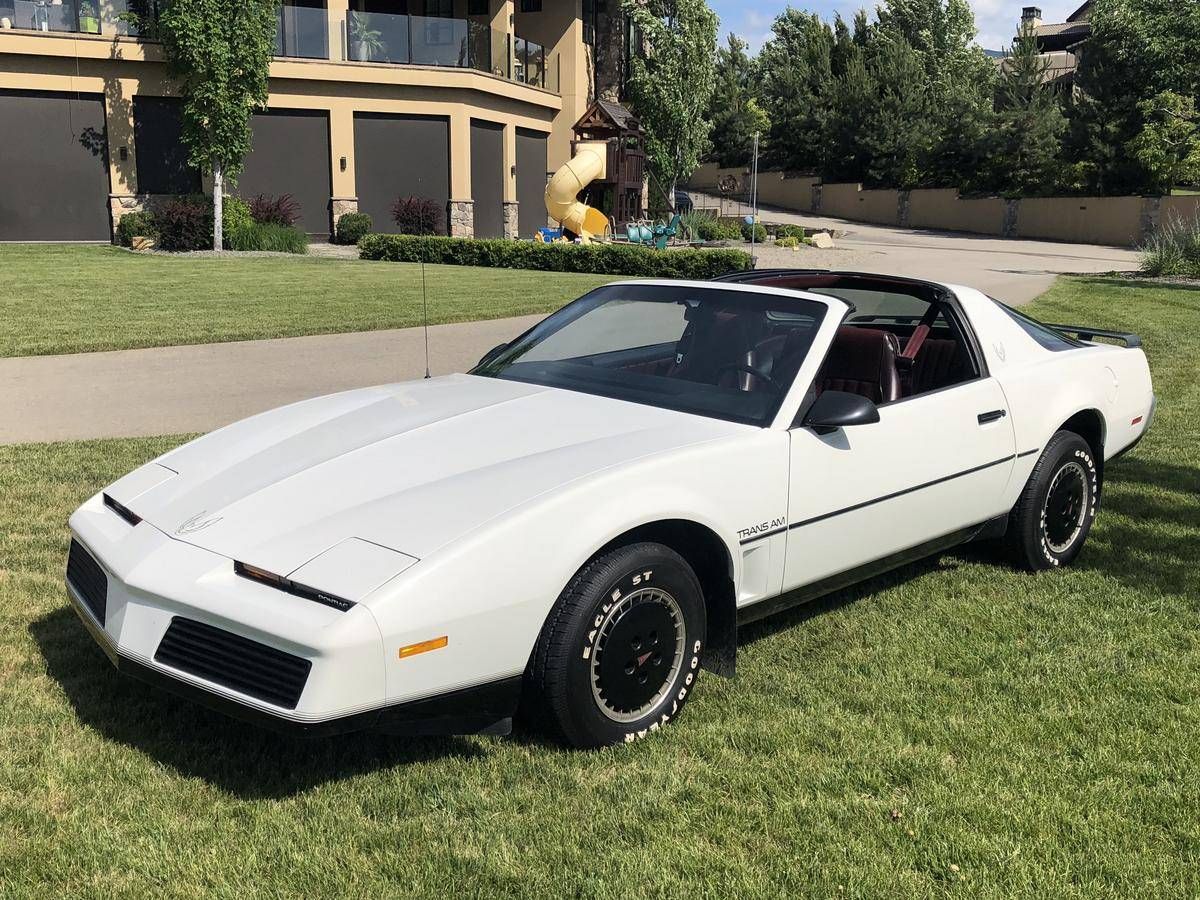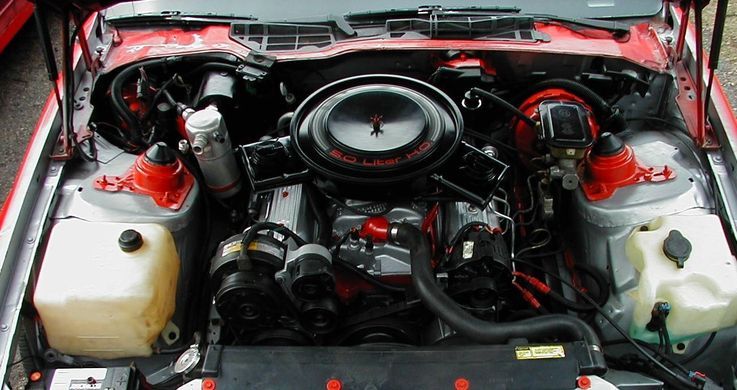Pontiac is a car brand made and sold by General Motors, a titan in the automotive industry. Introduced as a model to fill gaps in the brand’s lineup, the Pontiac was created for this purpose for the more expensive Oakland automobiles produced by GM. Pontiac soon became more popular than the more luxurious predecessor by 1933.
Sold in various countries around the world, Pontiac is branded as the performance section of the GM brand after the 1960s. The first Firebird Trans Am arrived in 1967 and was featured as a 2-door option or a 2-door convertible. The Pontiac Trans Am sprung up in the 1967-68 models, creating a “trans am” package for the cars. The Trans Am debuted with 400-cubic-inch performance engines and soon became a popular make and model of Pontiac. The Trans Am has gone through very different generations and remodels, lasting from 1967-2002.
Let’s check out the truth behind the 1982 Pontiac Trans Am….
The Changes From Previous Years
The update to 1982 was a drastic one for the Pontiac brand. They managed to reduce the weight by a whopping 400 pounds from the original 1981 pounds, as well as taking off 11” in the overall length of the vehicle. Pontiac traded in the 301 Poncho V-8 engine for the 305 Chevy, trying, and failing, to reduce the low-powered engine.
In addition, they included the Tuned Port Injection. Using an EFI system, this car was able to produce over 200 horsepower, beginning the new wave of higher-emissions cars and powerful systems.
The 3rd Generation of Pontiacs
Pontiac produced a Firebird version in 1982, creating the Firebird, Firebird S/E, and the Firebird Trans Am. The Firebird was the base model used, and the Trans Am version was the high-performance model designed for sport and power.
In 1982, the Firebird was completely restyled, with new exterior body shape and design, featuring a differing windshield slope, flush-mounted side glass, and rear hatchback. The headlamps were electronically-controlled and retractable, and the hoodline were standout characteristics that were distinctive of the Firebird model.
The dimensions were diminished, the wheelbase was shortened, and the weight was drastically reduced. The Firebird Trans Am was a huge improvement in comparison to the previous models, showing its ability to accelerate from 0-60 in 9.2 seconds.
The Real Truth Behind The “Improvements”
Even though the Pontiac Trans Am seems to have upgraded in every aspect, the car really didn’t run as well as one would hope. First, the weak parts of the car were left over from the V6 cars, not providing enough power or engine capabilities for a supposed muscle-car. In addition, many of the cars were prone to leaking, but were constantly overlooked due to the lower drag and the better fuel economy.
Exterior
The exterior bodies of the 1982 Trans Am were not the most durable and well-built compared to other cars on the market. The headliners reportedly delaminated after minimal use, and the stereos would fail at around 30,000 miles unexplainably.
Alternators
The alternators would start to act up at around the same time between changes/ The engine and transmission caused issues within this model, due to the internal system not being able to handle the 200 horsepower.
Trunk Area
Next, the trunk area was a smaller capacity than previous models. The large rear hatch window also made it easier for passers-by to see the contents of your trunk, and make it easier for the sunlight to affect what was stored inside of your trunk, damaging the contents.
Safety Issues
Lastly, the seatbelts were recalled for the mounting points coming off, citing a huge safety issue for the drivers and passengers. The gas tank was also recalled for the controls whistling while operating and driving at high speeds, causing an annoying noise for the driver.
Truth Behind the “Trans Am” name
Pontiac had high hopes of dropping the Trans Am from the redesigned car in order to avoid paying money to the SCCA for using the name. The SCCA is the Sports Car Club of America, a non-profit organization and automobile club that sanctions racing in the United States. The SCCA sanctions series that have Trans Am within the name, making the Pontiac Trans-Am a part of the SCCA world.
Early cars were marked with “T/A '' instead of the Trans Am, even though this was soon discovered to cause more problems than solutions when it came to avoiding the name. Therefore, the Trans Am nameplate remained.





